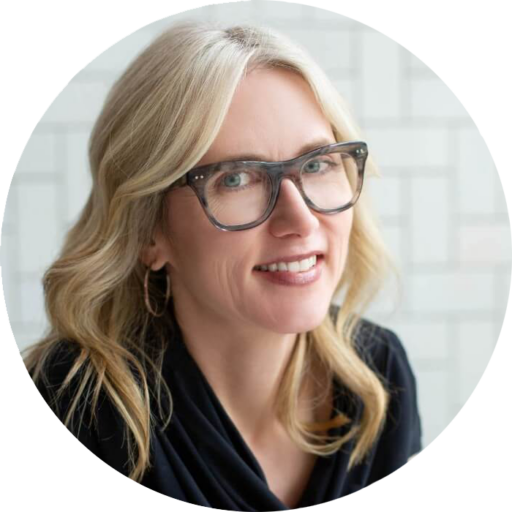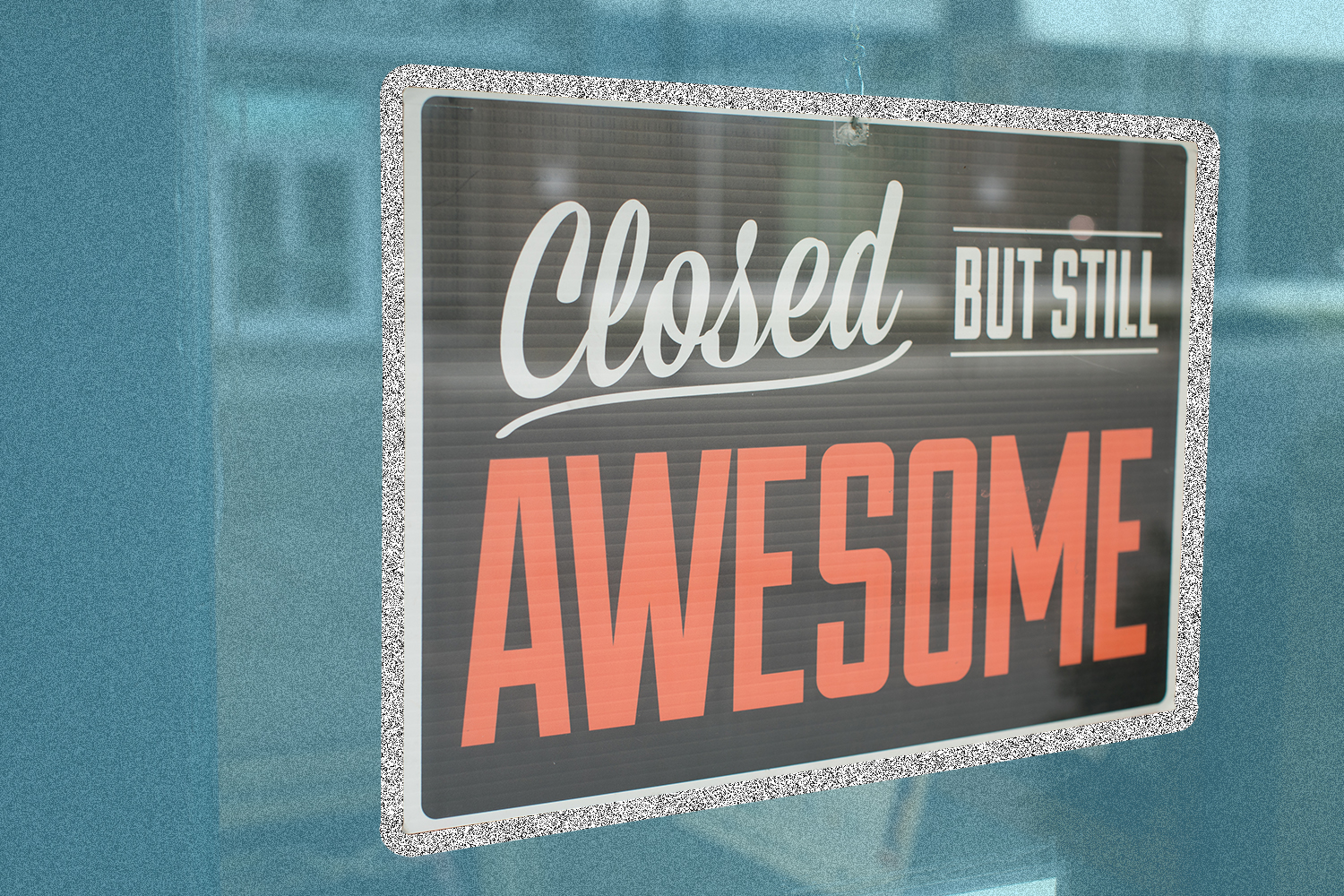Ever heard of “reculturing”? The term was coined by Melissa Daimler to describe the framework for adapting your company culture as your business grows. As the first chief learning officer at Udemy, a for-profit online course provider, Daimler understands the importance of culture in employee engagement. Her career includes launching Adobe’s first coaching program and building the Organizational Development and Learning function at Twitter.
In her recently published memoir, ReCulturing, Daimler shares how to adopt new behaviors into employee processes, the importance of adjusting company values to fit your business needs, and how to evolve company culture as your business grows.
In a conversation with Senior Executive Media, Daimler discussed how she defines culture and how to execute a cultural shift. Read on for edited excerpts from our exclusive interview.
Senior Executive Media: Chief learning officer is an emerging title. Can you explain what your role entails and what you oversee?
Melissa Daimler: A chief learning officer typically is focused on not just the learning and development pieces of the organization, so developing internal employees, but they’re also focused on talent planning, organizational development, looking at organizational design, succession of the leadership, making sure that we’re looking at engagement surveys and metrics.
I like to think of a chief learning officer as that kind of holistic role that takes into account all of those pieces in an employee experience, and figures out how to connect them in a way that we get information, and we can then act on that information. So if we get lower engagement scores, you know, beyond just a learning experience, what else can we do to make sure that our leaders are following up on potentially lower scores? I’m scaling and growing very quickly. How do we take advantage of that as a learning opportunity for people, maybe who have been here for a while, who want to jump into a different role or take on an additional project?
So the chief learning officer is not just focused on learning, per se, but they’re focused on that whole experience, layered into the role here at Udemy, which is why I joined six months ago and was really excited about it. I’m focused not just on the development and talent and organizational planning, but also on “internal use teammates,” as we call them. But also external customers. So I’m working a lot with our customer success teams, and directly with their customers, to make sure they’re getting what they need.
And then the other component is, I get to have a say in our products, you know, as we continue to build our own platform and bring in new opportunities like we are with cohort learning. What are ways that we can improve those services, the way we offer the products, the way that we use them? So it’s a fun role, because being a chief learning officer in a learning company is really exciting.
Senior Executive Media: What is “reculturing,” and how does a team do that?
Melissa Daimler: I think my entire career has been looking at an organization as a system. And so I’ve always been fascinated by how everything connects to each other, how individual development connects with organizational development, and how those two levers can work with each other. The impetus for [the book] was many years of being part of amazing cultures, like Twitter and Adobe. Getting to be part of a culture that had some opportunities, with WeWork, and trying to figure out the difference between companies that built really great cultures and ones that, you know, there was some opportunity. I didn’t realize this before I started researching more, but culture as a concept at work has been around for over 70 years. And I feel like I’ve read like every book out there, article, research paper, and I’ve been frustrated with how we still haven’t been able to define in a tangible, operational way what culture is and then how to implement it.
I define culture as a system that is not just a static noun, but a verb. We’re always needing to look at our cultures, which is why I picked the name reculturing. And then the framework that I really landed on was three things. It’s not just your values, I think companies stop in talking about their culture with just a list of values. And then they wonder why it’s so hard to recruit, it’s so hard to onboard, it’s so hard to recognize and reward, it’s so hard to develop people, because we haven’t been really clear on how those values show up behaviorally. If we don’t have any standards, or expectations of how to work with each other, and a playbook for that, how are any of those people processes going to be easy? I think we need to go beyond values to really define what those behaviors are. And then how do we embed those behaviors into all of those processes? The processes like hiring, onboarding, developing, recognizing, but also even things like decision making, and strategizing, and things that I think often trip employees up and getting things done. And then the third component is practices – these are things like meetings, how we communicate, even how we learn. Practices need to evolve, just as processes need to evolve.
It might have been cool to have employees gather when it was 20 employees in a backyard, but when it’s 5,000, some of those practices that worked at a startup don’t work anymore as a larger company.
“We need a more concrete definition. Especially now since we’re working so much in a hybrid workplace, it’s no longer about what’s at work. It’s how we work with each other.”
Senior Executive Media: You mentioned that culture was a set of behaviors. What are some of the behaviors that would be aspirational for other companies looking to have that thriving, good-place-to-work culture?
Melissa Daimler: We’re going through this process right now. One of our values is “always learning.” And a couple of times, I’ve gotten the question of: how do we know we’re always learning? Are there certain behaviors that we want to reinforce?
And so we’ve been talking about things, we ask questions, we make sure that everybody speaks up in a meeting. We actively listen. You know, so it goes beyond just, you know, make sure you take a course every month. And those behaviors are things that you can actually see somebody do. And so when I’m giving you feedback, I’m actually able to give you feedback on concrete behaviors based on our values. And then if you take that a step further with learning, the onus isn’t on us as a company. If we’re saying that one of the behaviors of learning is to ask good questions, we then need to build a skill set around asking good questions. What does that look like? What is a good question? How do we ask open questions? I think there’s a huge opportunity for us again, in this system of the organization to connect. How we work and what we say matters to helping people develop skills within that context.
Senior Executive Media: How do you execute a cultural shift through the reculturing process?
Melissa Daimler: Culture needs to connect with strategy and purpose. We can’t just be either thinking about what we’re doing – which is what I say the strategy is – or how we’re doing it. You can’t double-down on either one of those; you have to be kind of always thinking about as the strategy evolves, perhaps we need to also look at our values and our behaviors again. And so that’s what we did at Adobe several times, like, at major inflection points. Are there ones that we need to add: values and behaviors? And then, are there ones that we don’t need anymore? There can be behaviors that you do currently, and also aspirational. So I think it’s good to have a mix. But be clear on which ones that you’re doing now, and which ones are more aspirational.
The other time that people do reculturing is by newly defining what their values and behaviors are. So I often get asked by founders and entrepreneurs: Hey, shouldn’t we be focused on this after like, the first 200 employees? And I don’t think so. You know, I think, just as you’re figuring out again what your strategy is, I think the sooner you can identify how you work together and what the expected behaviors are going to be. Even if they changed, like in a growing company like a startup, then you might have to review that a bit more often than a larger company like Adobe. I think it gets you in this groove and habit of defining intentionally what your culture is because, let’s face it, it’s been defined anyway. We’re behaving and working with each other already. So why wouldn’t you want to be actively and intentionally designing that versus having it be done by default?
Senior Executive Media: Can you share a value that was either added to or removed from the culture at Adobe based on factors identified during reculturing?
Melissa Daimler: We had one in general about empowering people. We wanted to dig deeper as leaders into what that means. Empowering people can mean so many different things. And what we got to was, it was really around decision making. How do we empower decisions at the lowest level? How do we make sure that decisions don’t have to escalate? We trust our employees, and we want decisions to be made where the work happens. It kind of evolved from this general empowerment value to really thinking more about decision making, and then making it into an actual behavior. One of the things that we gave feedback on with managers is the extent to which we felt as employees we were empowered to make decisions. Think about the decision, the number of decisions you’ve made, decisions that you wish you could have been part of. It was a very tangible question versus this very vague empowerment idea.
Senior Executive Media: Is there a step-based framework for reculturing or defining a culture?
Melissa Daimler: We have specific questions that we go through. What are people doing when things are going well? What decisions are being made? What are people talking about? Who are some of the good employees that you want to call out and why?
There are questions that we talk with each of the executives on, and then I think it’s important to talk to a number – I usually say 10% – of the company to do focus groups in different levels, different geographies, different functions, different tenures. So you have a very good mix of perspectives on what those values and behaviors could look like.
Then you’ll go through some drafts. This is where it gets a little tough, because you do want to keep it simple. And you want to keep it clear. And then you spend a bit of time testing. When you share it with a company, you ideally share an example of how they would show up in a process like hiring. So it’s not just a list of values and behaviors, but we’re showing employees how this is an active set of behaviors that we’re actually going to use, and this is one of the processes.
And then, you know, continuing to keep the values alive in different ways. At Twitter, we had a theme of “all hands” with value and behavior. And then we highlighted teams that were exemplifying this through stories. And then I think just embedding them into some of the processes. Having people kind of reinforce with each other takes some time. So I think that the key message is that it doesn’t happen overnight. And it’s a set of building new muscles around this way of working.







